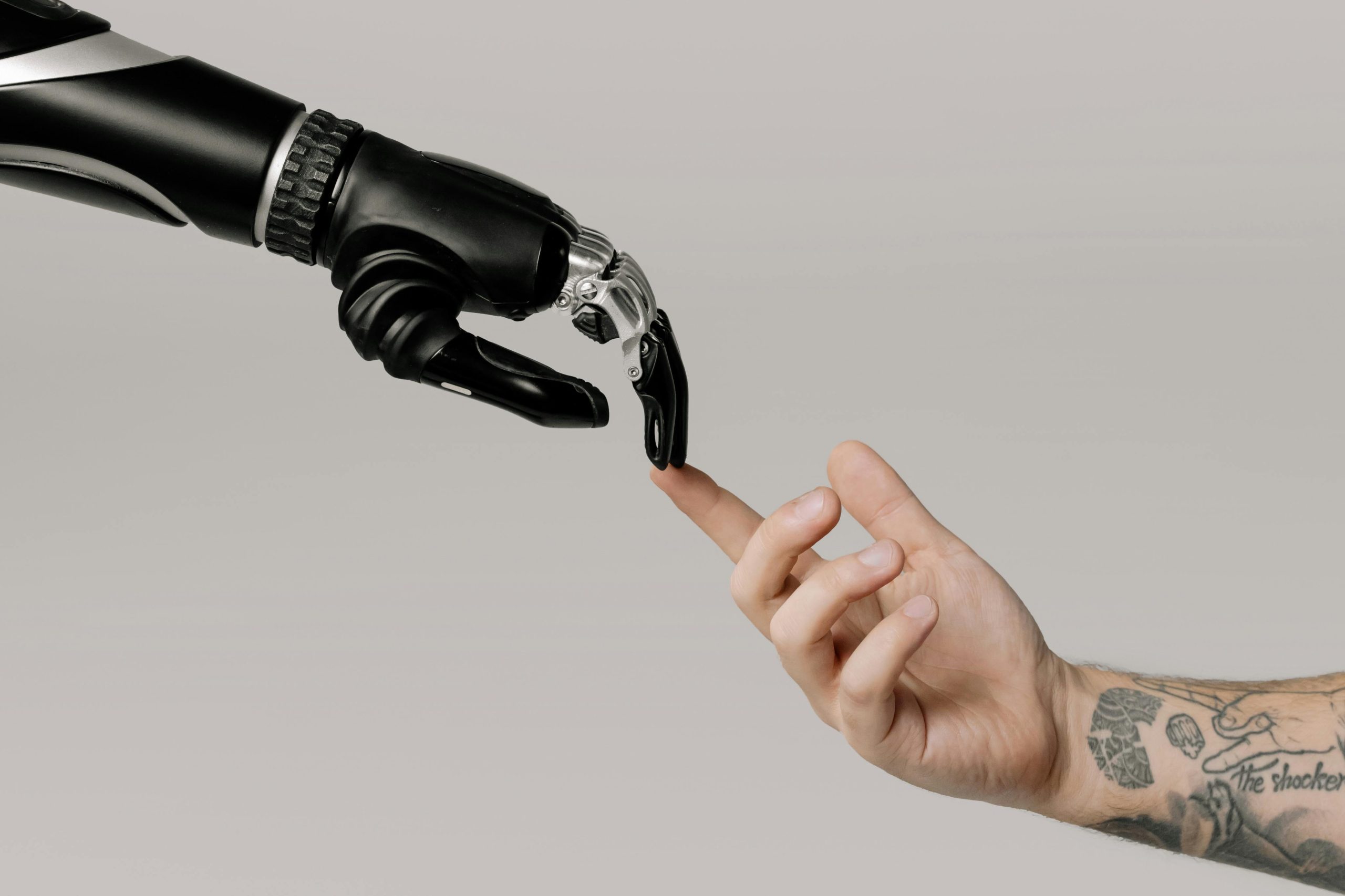Tesla has overestimated the range of its cars. A secret team was supposed to be formed

Tesla’s electric cars are among the most famous vehicles in their industry, paving the way for their mass proliferation. Under Elon Musk’s leadership, the company has experienced a meteoric rise, and even though it has missed many deadlines for the launch or delivery of certain models and still hasn’t successfully resolved the problems of getting vehicles to market, it is thriving. Although Tesla’s vehicles have a number of problems, their users are often very happy with them and are happy to forgive any faults.
Is Tesla’s maximum range overestimated?
About a decade ago, however, Tesla instituted a practice that has the potential to damage not only the company’s reputation, but also that of electric vehicles in general. This is because many users are anxiously concerned about the maximum possible range, which is lower for electric cars than for internal combustion engine vehicles. However, according to Reuters, Tesla has quite deliberately lied to its customers in this regard – it is said to have deliberately quoted a greater range when the battery was charged to more than 50 percent, and when the charge dropped below this value, the vehicle began to rapidly adjust the range closer to the real values.
This has understandably resulted in a number of complaints from customers. While most companies would have gone to the market and admitted wrongdoing, Tesla under Elon Musk reportedly took a different strategy. A special “diversion team” was to be set up with the sole task of suppressing all mentions of poor mileage and canceling the service appointments of affected customers out of hand. In the offices, employees reportedly celebrated with thunderous applause after each cancelled service appointment on the subject of driving distances, with managers assuring them of the right course of action and telling them that they had saved the company $1,000 with each cancelled appointment
In most cases, the customers received no repairs, and the company continued its marketing efforts, which promoted much longer ranges than the car was realistically capable of, as confirmed by independent testing on more than one occasion. “Elon wanted the cars to show great range on a full charge. When you see a range of 550 to 650 kilometers on the dashboard, you feel good about it,” the source told Reuters.
On the one hand, Tesla’s juggling of maximum range is understandable – many customers have completely unfounded fears about running out of power before reaching the charger, which in many cases is a big mental block speaking against buying an electric car. On the other hand, deliberately misleading customers and actively suppressing their legitimate complaints is a practice that should have no place in a decent society.
Penalty from the regulator
Earlier this year, Tesla was fined by the South Korean regulator for its vehicles having about half the claimed range in cold weather. Also, some studies claim that Tesla’s three models have a range on average 26 percent lower than the company claims. The U.S. Environmental Protection Agency has already ordered Tesla to claim lower ranges for its cars by an average of 3 percent starting in 2020, but that still doesn’t match reality, according to some. For example, according to data collected between 2020 and 2023 by a Seattle-based analytics company, electric cars still do not take ambient temperature into account when calculating range, which can have a major impact on maximum range.But creatively calculating maximum range isn’t just Tesla’s domain. Gregory Pannone, co-author of a study involving 21 different brands, confirmed that on average, EVs have a maximum range about 12.5 percent lower than they claim. Although he did not mention the names of specific vehicles in his study, he did make an exception in the case of Tesla – the three models tested by the American carmaker had a real-world range 26 percent lower, putting them in dead last place.
As with internal combustion engine cars, maximum range is affected by a number of factors, many of which are the same for both types of powertrain. The difference, however, is the impact of these external factors – often much greater for electric vehicles. Although concerns about maximum range are often unfounded in practice, for many customers they represent an irrational bogeyman that in some ways forces car manufacturers to ‘adjust’ maximum range.
Most often in the Czech Republic, the passenger car is used for commuting to work or shopping, for which a range of around 500 kilometres is certainly not needed. According to a 2019 survey by Nielsen Admosphere for the credit company Profi Credit, more than half of Czechs (55 percent) live within 10 kilometers of their workplace. Only 6 percent of respondents travel more than 50 kilometers for work, and just one percent travel more than 100 kilometers. The average travel distance to work is 18 kilometres.
Source, photo: sae.org
Author of this article
WAS THIS ARTICLE HELPFUL?
Support us to keep up the good work and to provide you even better content. Your donations will be used to help students get access to quality content for free and pay our contributors’ salaries, who work hard to create this website content! Thank you for all your support!




OR CONTINUE READING